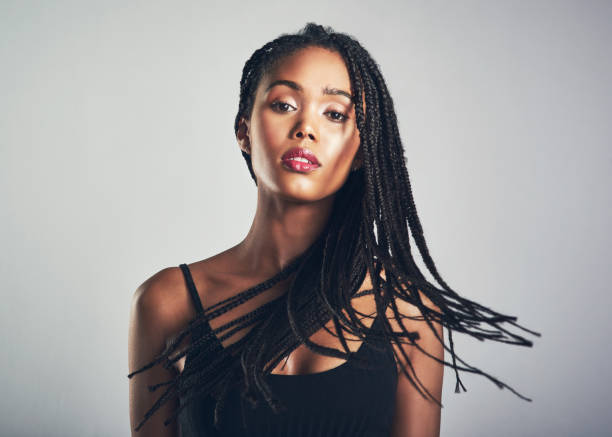I. Introduction
African hair braiding, an intricate art form deeply rooted in the heritage of the African continent, transcends mere style. It is a manifestation of cultural identity and history, interwoven with the threads of community and personal expression. This art, passed down through generations, speaks volumes about the richness of African culture and the resilience of its people.
II. The Roots of Braiding: A Historical Perspective
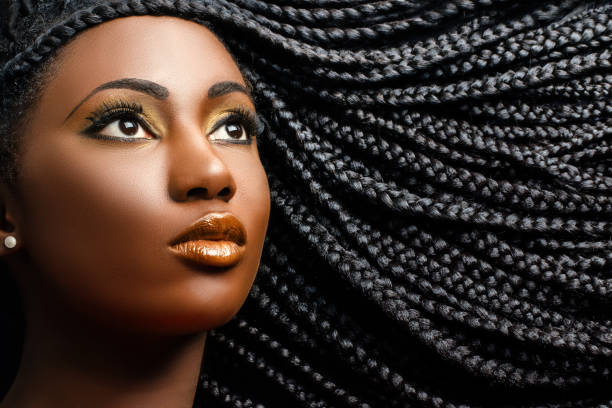
Early Origins in Africa
The practice of African hair braiding dates back thousands of years. Archaeological findings, such as ancient sculptures and rock paintings, provide evidence of this age-old tradition in various African civilizations. These styles were not mere fashion statements; they were an integral part of the social fabric, conveying status, family background, tribe, and even religion.
Symbolism and Social Significance in Different African Cultures
Every braid pattern and style in African cultures carries a unique story and significance. For instance, in some communities, different braiding styles symbolize marital status, age, wealth, or social position. The art of braiding was a communal activity, fostering a sense of solidarity and kinship among women. This tradition served as a means to preserve heritage and pass down wisdom from elders to the younger generation.
III. Cultural Significance and Traditions
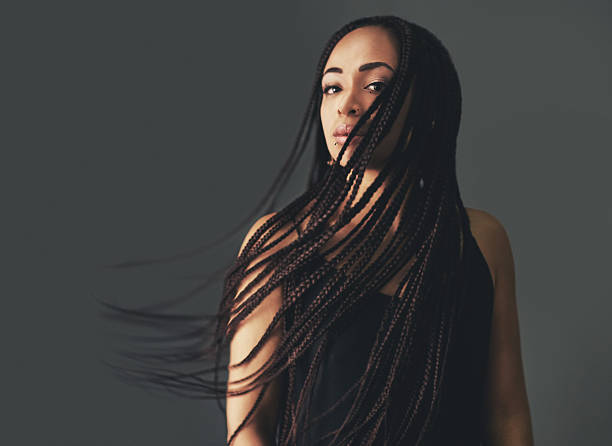
Braiding in African Rituals and Ceremonies
In African societies, hair braiding is often part of rituals and ceremonies. For example, in certain rites of passage, young girls have their hair braided in specific styles to signify their transition to womanhood. These braids are not just for adornment; they’re imbued with cultural and spiritual meanings, often accompanied by prayers and blessings.
Role in Heritage and Identity
African hair braiding is a powerful expression of cultural identity. It’s a way for individuals to connect with their roots and celebrate their ancestry. In a world where African cultures were often marginalized, maintaining traditional braiding techniques has been a form of cultural preservation and resistance.
IV. Popular African Hair Braiding Styles
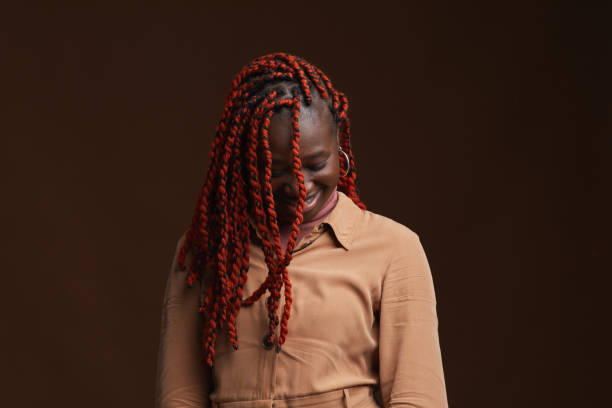
Cornrows: Technique and Patterns
Cornrows, one of the most iconic African hair braiding styles, involve braiding the hair very close to the scalp in a continuous, raised row. They can be styled in simple, straight lines or intricate geometric patterns. The technique not only creates a striking aesthetic but also serves as a practical way to manage hair.
Box Braids: Varieties and Styling
Box braids are a timeless style characterized by square-shaped hair divisions. They offer versatility in length, thickness, and color. This style is not just fashionable but also a protective hairstyle, helping to maintain hair health by reducing breakage and promoting growth.
Micro Braids: Features and Appeal
Micro braids are tiny, delicate braids that can be worn loose or styled in various ways. They require a considerable amount of time and skill to install but are celebrated for their elegance and flexibility. Micro braids can blend seamlessly with natural hair, offering a refined and sophisticated look.
Goddess Braids: Elegance and Meaning
Goddess braids are large, raised braids that are often styled in crowns or halos, embodying elegance and regality. These braids can also include intricate designs and symbols, each adding to the story and significance of the style.
V. Regional Variations of Braiding in Africa
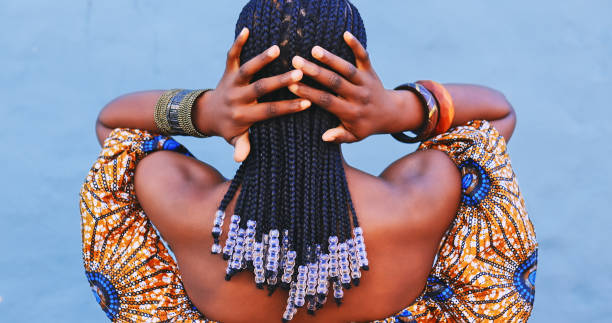
West African Styles
In West Africa, hair braiding is not just a beauty routine but a form of art. Each country and tribe has distinct styles that reflect their unique cultures. For instance, the Wolof people of Senegal are known for their elaborate braiding techniques, often incorporating beads and gold threads. The Nigerian styles, particularly the Yoruba and Igbo cultures, showcase intricate patterns that often carry significant cultural symbolism, representing everything from social status to tribal affiliations.
East African Influences
East African hair braiding styles are known for their simplicity and functionality, yet they carry profound cultural significance. In countries like Kenya and Tanzania, Maasai warriors are often seen with their hair intricately braided, signifying their strength and status in the community. The Horn of Africa, particularly Ethiopia and Eritrea, showcases unique styles such as the ‘shuruba’ or ‘albaso’ braids, which are tightly woven, demonstrating both beauty and cultural identity.
Southern African Braiding Techniques
Southern African braiding styles often reflect the region’s diverse cultures and influences. In South Africa, Zulu and Xhosa braiding styles stand out. These styles are not just about aesthetics but also about conveying messages about one’s age, social status, and even marital status. The use of hair extensions and colorful accessories in these styles adds to their visual appeal and cultural richness.
VI. Braiding as a Form of Communication
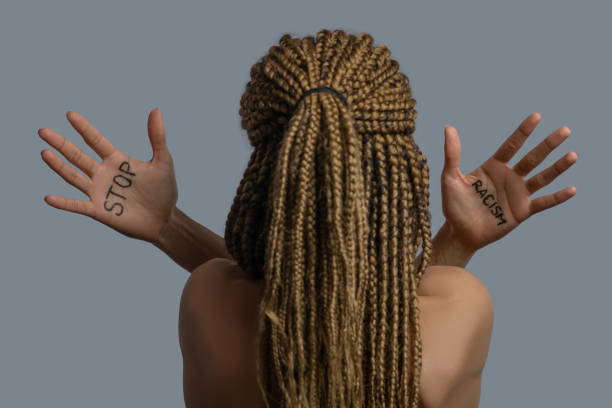
Hidden Messages in Braiding Patterns
African hair braiding has traditionally been a medium of communication. During the times of slavery and colonization, braided hairstyles were used to send messages, map escape routes, or even signify resistance. Specific braiding patterns were symbolic of a call to action or a form of silent protest against oppressors. This hidden language, through braiding, has been a powerful tool for preserving history and conveying messages without words.
Braiding in Contemporary Storytelling
Today, African hair braiding continues to be a powerful form of expression and storytelling. Modern braiders often incorporate traditional patterns into contemporary styles, thus keeping the stories and heritage alive. In the diaspora, African hair braiding serves as a connection to ancestry and a statement of identity. Each braid tells a story of migration, adaptation, and resilience.
VII. Tools and Materials for African Hair Braiding
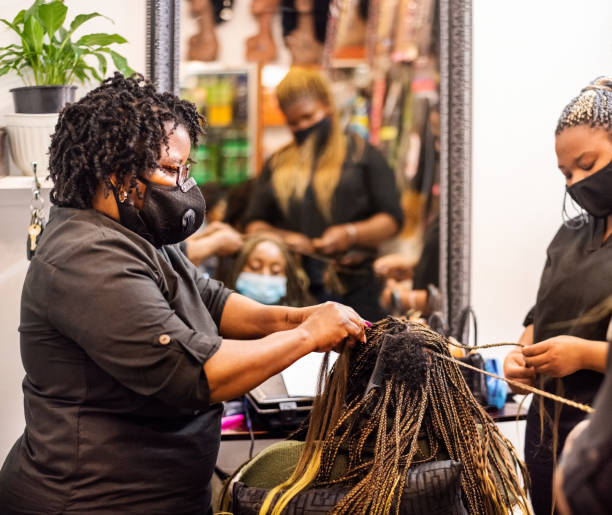
Traditional vs. Modern Tools
Traditionally, African hair braiding was done using simple tools like combs made from wood or bone and natural oils from plants for hair treatment. Today, while some braiders still use these traditional tools, there has been an incorporation of modern tools like synthetic braids, rubber bands, and advanced hair-care products. The blend of old and new reflects the evolving nature of this art form.
Choosing the Right Extensions
Extensions play a crucial role in African hair braiding, offering versatility in length, color, and texture. Selecting the correct type of extension is essential for achieving the desired look and maintaining hair health. Synthetic fibers like Kanekalon are famous for their affordability and heat resistance, while human hair extensions offer a more natural look and durability. The choice of extensions can significantly enhance the overall style and longevity of the braids.
VIII. Step-by-Step Guide to Basic Braiding Techniques
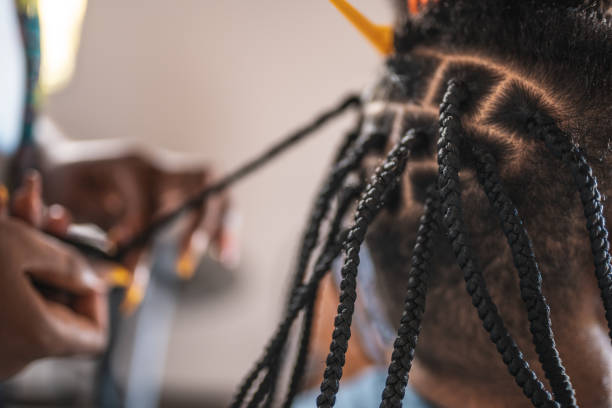
Preparing the Hair for Braiding
Before embarking on the journey of African hair braiding, it’s essential to properly prepare the hair to ensure both the health of the hair and the longevity of the braids. Start by thoroughly washing the hair with a gentle, hydrating shampoo. This removes any build-up and provides a clean base. Follow with a deep conditioning treatment to moisturize the hair, as braiding can sometimes strain and dry out the strands. Detangling is next, using a wide-tooth comb or a detangling brush, which makes the braiding process smoother and less painful. Lastly, apply a light, natural oil or leave-in conditioner to nourish the hair.
Basic Braiding Steps
- Sectioning the Hair: Begin by dividing
- Starting the Braid: Take a small section of hair and divide it into three equal strands. For traditional three-strand braids, cross the right strand over the middle, then the left strand over the center, gradually adding more hair from the sides as you go along.
- Maintaining Tension: Consistent tension is critical to neat African hair braiding. It keeps the braid uniform and prevents it from unraveling.
- Securing the Ends: Once you reach the end of the hair, secure the braid with a hairband. Avoid rubber bands, as they can cause breakage.
IX. Maintenance and Care for Braided Hair
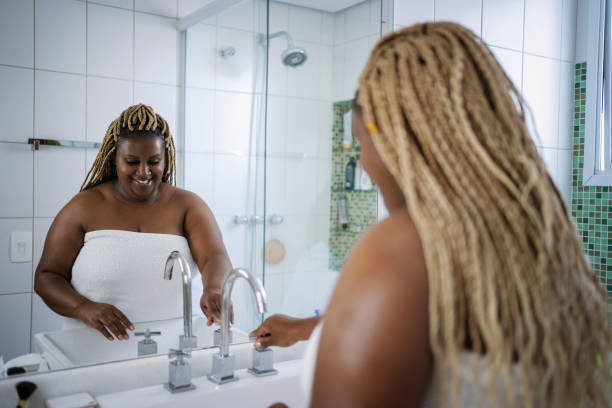
Tips for Preserving Braids
To keep your African hair braiding styles looking fresh, cover your hair with a silk or satin scarf or bonnet while sleeping. This reduces friction and prevents frizz. Avoid washing your braids too frequently, as this can cause them to become loose. When you do wash them, use a gentle shampoo and carefully rinse without rigorous scrubbing. Regularly apply a light oil or braid spray to keep the hair moisturized.
Scalp Care and Hygiene
Scalp care is crucial when wearing braids. Use a soothing scalp oil to prevent dryness and itching. If you experience build-up, use a cotton swab dipped in witch hazel or a gentle scalp cleanser to clean the scalp. Avoid tight braids as they can lead to tension and stress on the scalp, potentially causing hair damage or hair loss.
X. African Hair Braiding in the Modern World

Influence on Global Fashion and Beauty Trends
African hair braiding has significantly influenced global fashion and beauty trends. From high fashion runways to street style, braided hairstyles have been embraced worldwide for their beauty and versatility. Celebrities and influencers often sport these styles, further popularizing them. This global acceptance is a testament to the artistry and cultural significance of African hair braiding.
Braiding in the Context of Cultural Appropriation
While the widespread popularity of African hair braiding is celebrated, it has also raised concerns about cultural appropriation. It’s vital to acknowledge and respect the rich history and cultural roots of these styles. Understanding and appreciating the significance of African hair braiding goes beyond merely adopting the techniques; it involves respecting the cultural heritage and the people behind these artistic expressions.
XI. Challenges and Controversies Surrounding African Hair Braiding

Legal Battles for Braiding Rights in the US
African hair braiding, while celebrated for its cultural significance, has faced legal challenges, particularly in the United States. Braiders have had to fight for their right to practice their craft without excessive regulation. In many states, braiders are required to obtain cosmetology licenses, which can be costly and time-consuming and often do not cover skills specific to African hair braiding. These legal battles highlight the need for a better understanding and recognition of the unique art form that is African hair braiding.
Debates Over Cultural Ownership and Representation
The rise in popularity of African hair braiding has sparked debates about cultural appropriation versus appreciation. Questions are raised about who can or should practice and wear these styles. While some view this as a form of cultural exchange, others feel it diminishes the rich history and significance of these hairstyles. The key lies in respecting and acknowledging the origins and meaning of these styles.
XII. Personal Stories and Experiences

Interviews with African Hair Braiders
Interviews with African hair braiders reveal their passion for the craft and the sense of duty they feel in keeping this cultural tradition alive. Many describe braiding as more than a job; it’s a way of connecting with their heritage and sharing their culture with others. These personal stories underscore the profound personal and cultural connections braiders have with their art.
Testimonials on the Importance of Braiding in Personal Identity
Testimonials from individuals who wear braids reflect the profound impact of this practice on personal identity. Many express that wearing braids makes them feel connected to their African roots and is a form of self-expression. For many in the African diaspora, braiding is a way to hold onto and celebrate their culture in foreign lands.
XIII. The Essence and Journey of African Hair Braiding

Recap of the Significance of African Hair Braiding
In conclusion, African hair braiding is a rich tapestry of history, culture, and artistry. Each braid tells a story, and each style carries a legacy. From its roots in African soil to its branches that have spread worldwide, braiding is not just about hair but about identity, heritage, and resilience.
The Future of This Cultural Practice
Looking ahead, the future of African hair braiding is vibrant and promising. As awareness and appreciation grow, so does the recognition of its cultural significance. The hope is that this art form will continue to be celebrated, respected, and preserved for generations to come, transcending borders and touching lives globally.
Frequently Asked Questions (FAQs)
1- What is the historical significance of African hair braiding?
African hair braiding is deeply rooted in African culture, serving as a symbol of identity, social status, and heritage.
2- Can anyone learn to braid African hairstyles?
Yes, anyone can learn to braid African hairstyles, but it’s essential to understand and respect the cultural significance behind these styles.
3- How long can African braids last?
Depending on the style and maintenance, African braids can last anywhere from a few weeks to a couple of months.
4- What are some typical African hair braiding styles?
Common styles include cornrows, box braids, micro braids, and goddess braids.
5- Do African hair braids damage hair?
When done correctly and maintained well, African hair braids do not damage hair and can actually protect the hair from damage.
6- How do I take care of my braids?
Regularly moisturize your scalp, avoid washing your braids too frequently, and wear a silk or satin scarf at night.
7- What’s the significance of braiding for the African diaspora?
For the African diaspora, braiding is a way to maintain a connection to African heritage and culture.
8- How has African hair braiding influenced global fashion?
African_hair_braiding has influenced global fashion by introducing unique, versatile styles that have been embraced worldwide.
9- What are the legal issues African hair braiders face in the US?
African hair braiders in the US often face legal issues regarding licensing and regulation, which can hinder their ability to practice their craft.
10- How can one appreciate African hair braiding without appropriating it?
Appreciating African_hair_braiding involves learning about its history, understanding its cultural significance, and respecting its origins.
Read also.. Haircut Horizons: Exploring the Latest Styles and Techniques in Hairdressing

